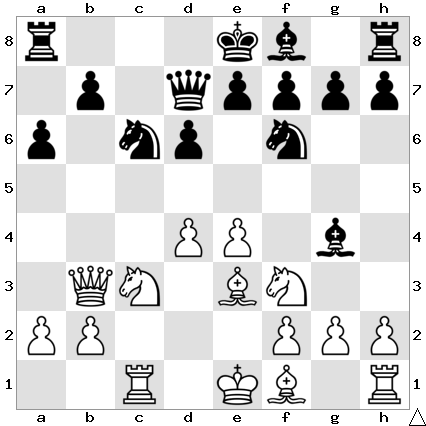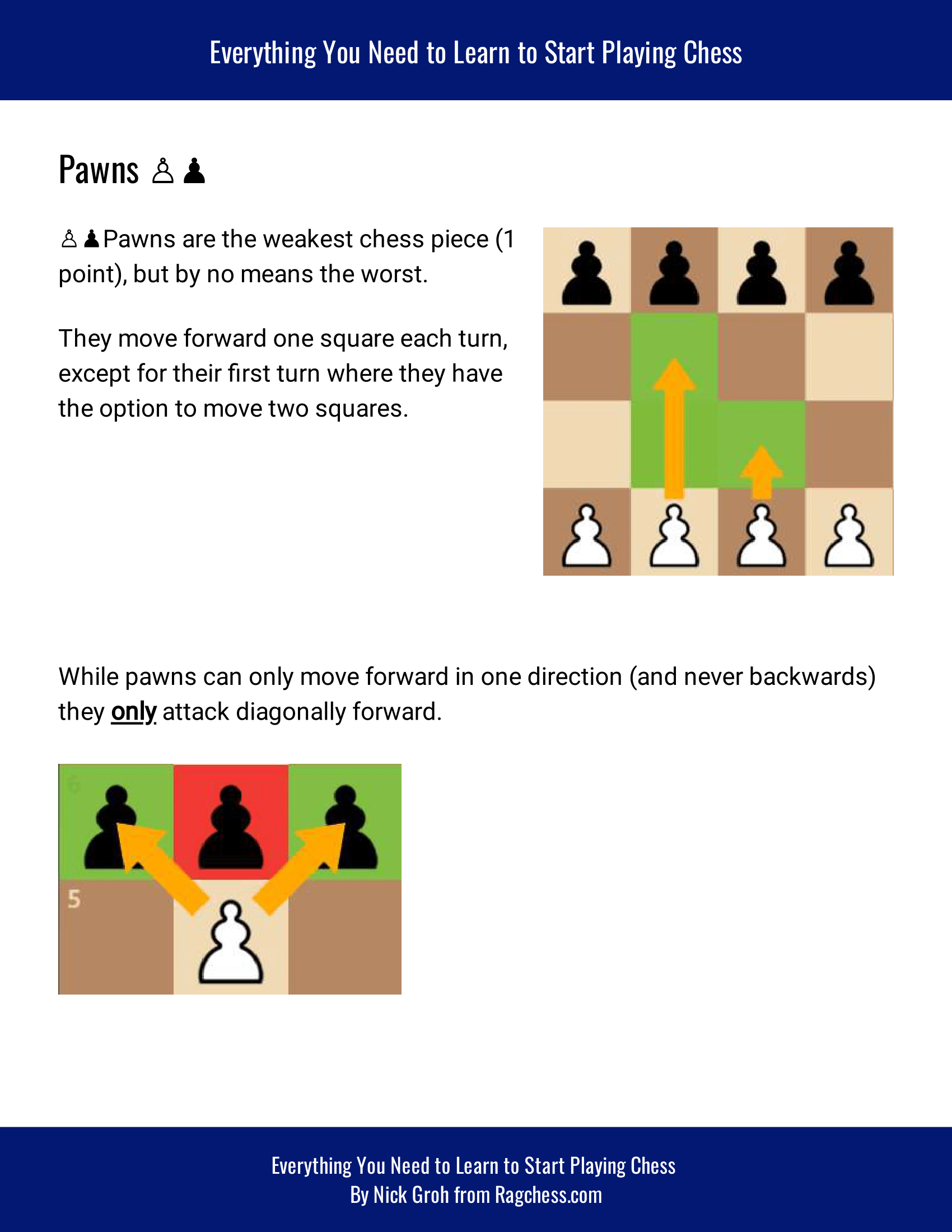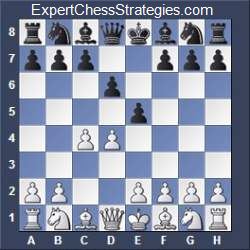

It could not be the meaning of the innovation to make the advancing Pawn immune. Naturally, the Pawn g4 on guard felt deceived, when the hostile Pawn crept through the advance posts. If f2 advances to f3, g4 can capture it thus it had been for many centuries after the introduction of the new rule, Pawn f2 could evade Pawn g4 by advancing at once to f4 and could then molest Black unpunished. To illustrate this point, look at the two Pawns f2 and g4. Its object was to accelerate the pace of the Chess events and to add to their variety, but sometimes it betrayed the obvious rights of the opponent. For instance, Pawn a2 may advance to a3 or to a4 in one move. This rule made the game more lively, and therefore the Chess world accepted it over time.

The Pawn c3 has only one possible move: to advance to c4.Ībout four centuries ago, the rule was introduced that Pawns in their initial position and which are not blocked may advance one or two steps according to the plan of the player. The Pawn d4 has two possible moves: to advance to d5 or to capture e5. The position shows nine Pawns standing on the squares where they stood at the start of the game: a2, b2 e2, f2, h2, a7, b7, c7, f7 they have not moved yet the other seven Pawns have advanced during the progress of the game. Pawn g3 is blocked by g4 because the Pawn does not capture straight ahead but diagonally. The above position shows three immobile Pawns, "blocked" Pawns: g3, g4, and f7. We shall now explain the chess rules in detail and at length in order to illuminate the various logical consequences that come in to play.

The rules listed above are not complete, and are too brief, but they give a vivid impression of the Chess struggle. "Checkmate" occurs when a player cannot save his King from capture. Its life is sacred the player must defend it, it perishes only when no possible resource can save it from capture. The King or the Knight, whenever they have the right to move to the square held by a hostile man, the Pawn, however, but not with a diagonal move forward to a neighboring square.Īll pieces are subject to capture except the King. The Rook, Bishop or Queen, however, can "capture" the obstruction, provided it is a hostile piece, by putting the moving piece on the square occupied by the obstruction and removing the latter into the box.Īlso, the other pieces, King, Knight and Pawn, may capture hostile men. If e3 is occupied, f4, g5, and h6 are obstructed and the Bishop may not be moved there. Thus, a Bishop on c1 may go to any square in the diagonal c1, d2, e3, f4, g5, h6 unless one of these squares is occupied Beginners: Chess Computers to Help You Learn.


 0 kommentar(er)
0 kommentar(er)
